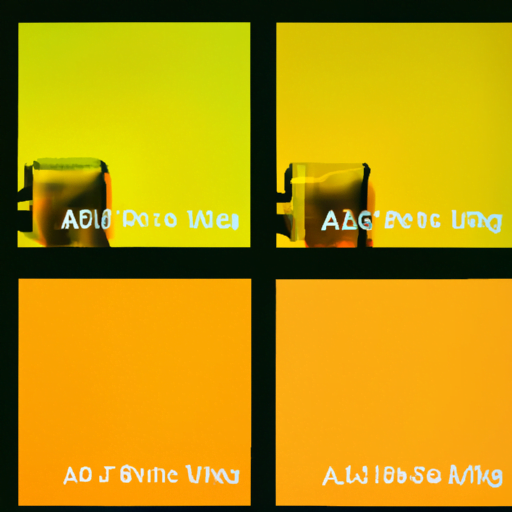
-
Table of Contents
Alvin Lustig: A Pioneer in American Graphic Design

Alvin Lustig was a visionary graphic designer who made significant contributions to the field of design in the mid-20th century. His innovative approach to typography, book cover design, and overall visual communication revolutionized the industry and continues to inspire designers today. This article explores Lustig’s life, his influential work, and his lasting impact on the world of graphic design.
Early Life and Education
Alvin Lustig was born on February 9, 1915, in Denver, Colorado. From a young age, he showed a keen interest in art and design, and his talent was nurtured by his parents who recognized his potential. Lustig attended the Los Angeles City College and later studied at the Art Center School in Los Angeles, where he honed his skills in various artistic disciplines.
During his time at the Art Center School, Lustig developed a deep appreciation for modern art movements such as Bauhaus and De Stijl. These influences would later shape his unique design style, characterized by simplicity, abstraction, and a focus on visual harmony.
Breaking New Ground in Graphic Design
After completing his education, Lustig embarked on a career in graphic design, quickly establishing himself as a pioneer in the field. He challenged traditional design norms and pushed the boundaries of what was considered acceptable at the time.
Typography as a Visual Language
Lustig believed that typography was not merely a means of conveying information but a visual language in itself. He experimented with various typefaces, layouts, and compositions to create designs that were not only visually striking but also enhanced the overall message of the content.
One of Lustig’s notable projects was his collaboration with New Directions Publishing, where he designed a series of book covers. He used bold typography, unconventional layouts, and vibrant colors to capture the essence of each book and create a visual experience that resonated with readers.
Embracing Abstraction and Simplicity
Lustig was a firm believer in the power of simplicity. He stripped away unnecessary elements and focused on creating designs that were clean, minimalistic, and visually impactful. His work often featured geometric shapes, abstract forms, and a limited color palette.
An excellent example of Lustig’s minimalist approach is his design for the 1949 edition of “The Great Gatsby” by F. Scott Fitzgerald. The cover featured a simple, stylized illustration of a pair of eyes against a vibrant yellow background. This design perfectly captured the essence of the novel and became an iconic representation of the book.
Legacy and Lasting Impact
Alvin Lustig’s contributions to graphic design continue to resonate with designers and artists today. His innovative approach and willingness to challenge the status quo have left a lasting impact on the industry.
Influence on Modern Design
Lustig’s emphasis on simplicity, abstraction, and visual harmony laid the foundation for modern design principles. His work inspired a generation of designers who sought to break free from the constraints of traditional design and explore new possibilities.
Today, many designers draw inspiration from Lustig’s use of typography as a visual language. His bold experimentation with typefaces and layouts continues to influence contemporary design practices, particularly in the realm of book cover design and editorial layouts.
Recognition and Awards
Lustig’s groundbreaking work did not go unnoticed. Throughout his career, he received numerous awards and accolades for his contributions to the field of graphic design. In 1950, he became the first graphic designer to receive the AIGA Medal, the highest honor in the profession.
His work has also been exhibited in prestigious museums and galleries, including the Museum of Modern Art in New York and the Los Angeles County Museum of Art. These exhibitions have helped preserve Lustig’s legacy and showcase his innovative design approach to a wider audience.
Conclusion
Alvin Lustig was a true pioneer in the field of graphic design. His innovative approach to typography, book cover design, and visual communication revolutionized the industry and continues to inspire designers today. Lustig’s emphasis on simplicity, abstraction, and visual harmony laid the foundation for modern design principles, and his work continues to be recognized and celebrated for its lasting impact. As we look to the future of graphic design, we can draw valuable insights from Lustig’s legacy and strive to push the boundaries of what is possible in the world of visual communication.
